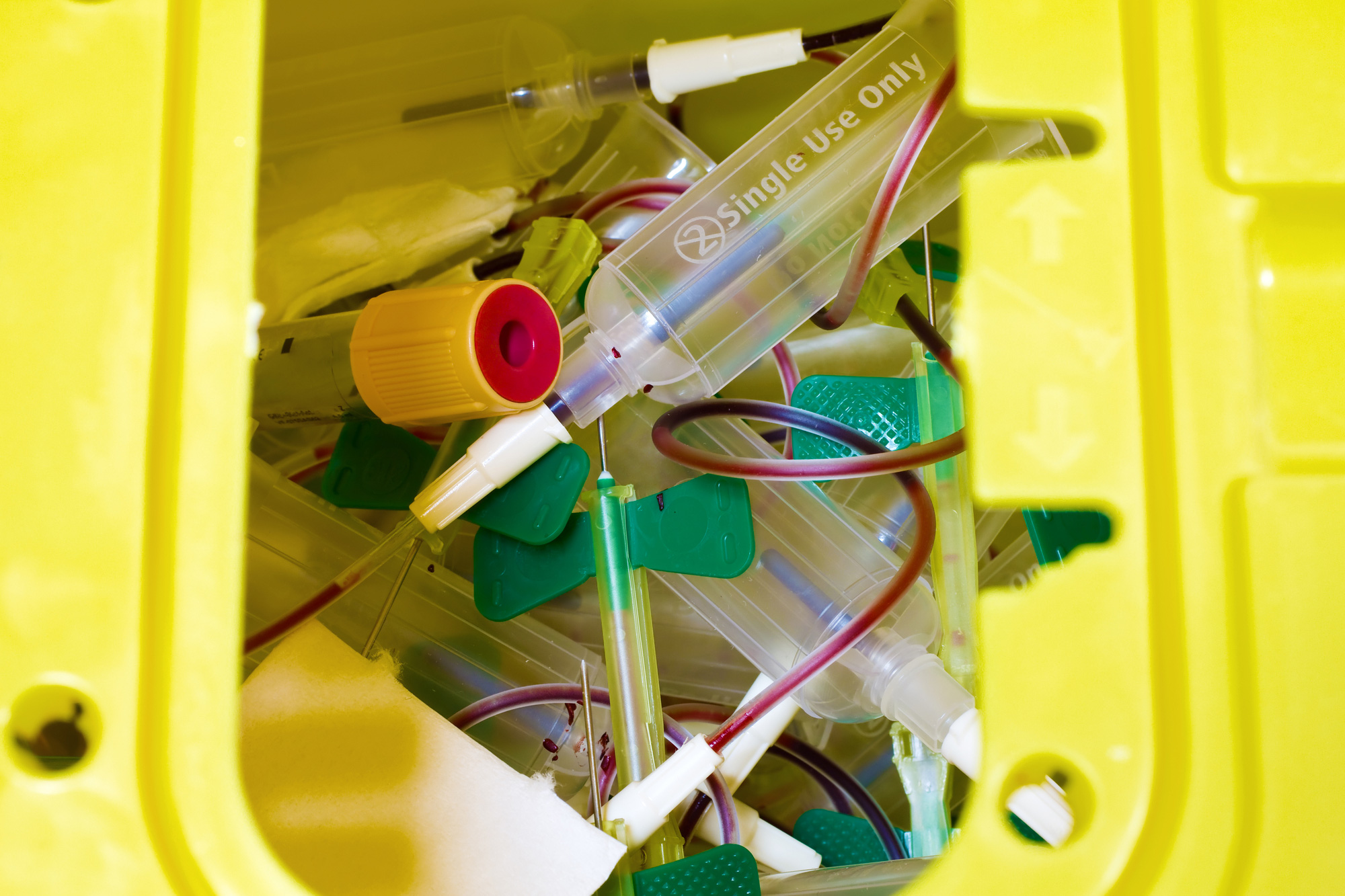Different Types Of Biohazard Disposal Waste
Biohazardous waste, also known as biomedical or infectious waste, requires careful handling and disposal due to the potential harm it can cause to human health and the environment. This waste is categorized into various types, each necessitating specific disposal methods. Biowaste Services, Inc. provides biohazard disposal in Orlando, Kissimmee, FL, Winter Garden FL, Alafaya FL, St. Cloud FL, Pine Hills FL and surrounding areas.

This is an overview of the different types of biohazard disposal waste:
- Sharps Waste
Description: Includes needles, scalpels, blades, and any other items that can puncture or cut.
Disposal: These are disposed of in rigid, puncture-resistant, and leak-proof containers, often labeled as sharps containers. Once filled, these containers are typically incinerated or undergo autoclaving.
- Pathological Waste
Description: Consists of human tissues, organs, body parts, and bodily fluids removed during surgery or autopsy.
Disposal: This type of waste is often incinerated to ensure complete destruction. Alternative methods include alkaline hydrolysis or deep burial in designated facilities.
- Infectious Waste
Description: Includes waste contaminated with blood or other bodily fluids, cultures and stocks of infectious agents, and laboratory waste.
Disposal: Usually treated through autoclaving (steam sterilization), chemical disinfection, or incineration to neutralize infectious agents.
- Chemical Waste
Description: Encompasses discarded chemicals from laboratories, such as solvents, reagents, and disinfectants.
Disposal: Managed through hazardous waste disposal protocols, often involving neutralization, chemical stabilization, or incineration at high temperatures.
- Pharmaceutical Waste
Description: Consists of expired, unused, or contaminated pharmaceutical products.
Disposal: Pharmaceuticals are often incinerated at high temperatures to ensure complete destruction. Some are treated through chemical deactivation or returned to manufacturers for proper disposal.
- Cytotoxic Waste
Description: Comprises waste containing cytotoxic drugs used in cancer treatment, such as chemotherapy agents.
Disposal: Typically requires incineration in specialized facilities capable of handling toxic substances to prevent environmental contamination.
- General Medical Waste
Description: Includes non-infectious medical waste like packaging, gauze, and gloves.
Disposal: Often treated as regular waste, but in some cases, it may undergo autoclaving or chemical disinfection before disposal in sanitary landfills.
Conclusion
Proper segregation, handling, and disposal of biohazardous waste are crucial to minimizing risks to healthcare workers, the public, and the environment. Each type of waste has specific disposal requirements to ensure safe and effective management. Adhering to these protocols helps prevent the spread of infectious diseases and the release of harmful substances into the environment.
If you have any questions, please do not hesitate to call us.
